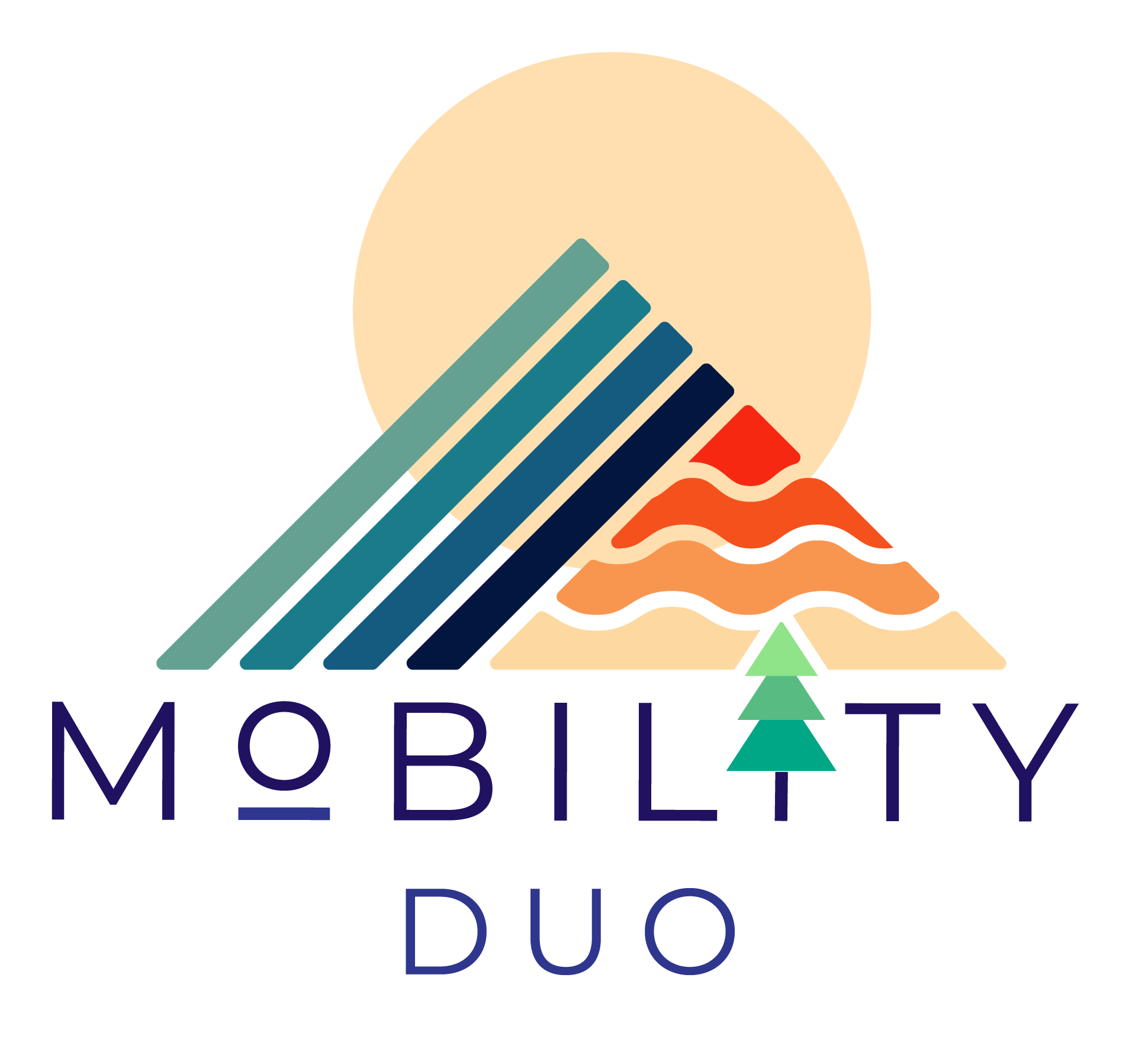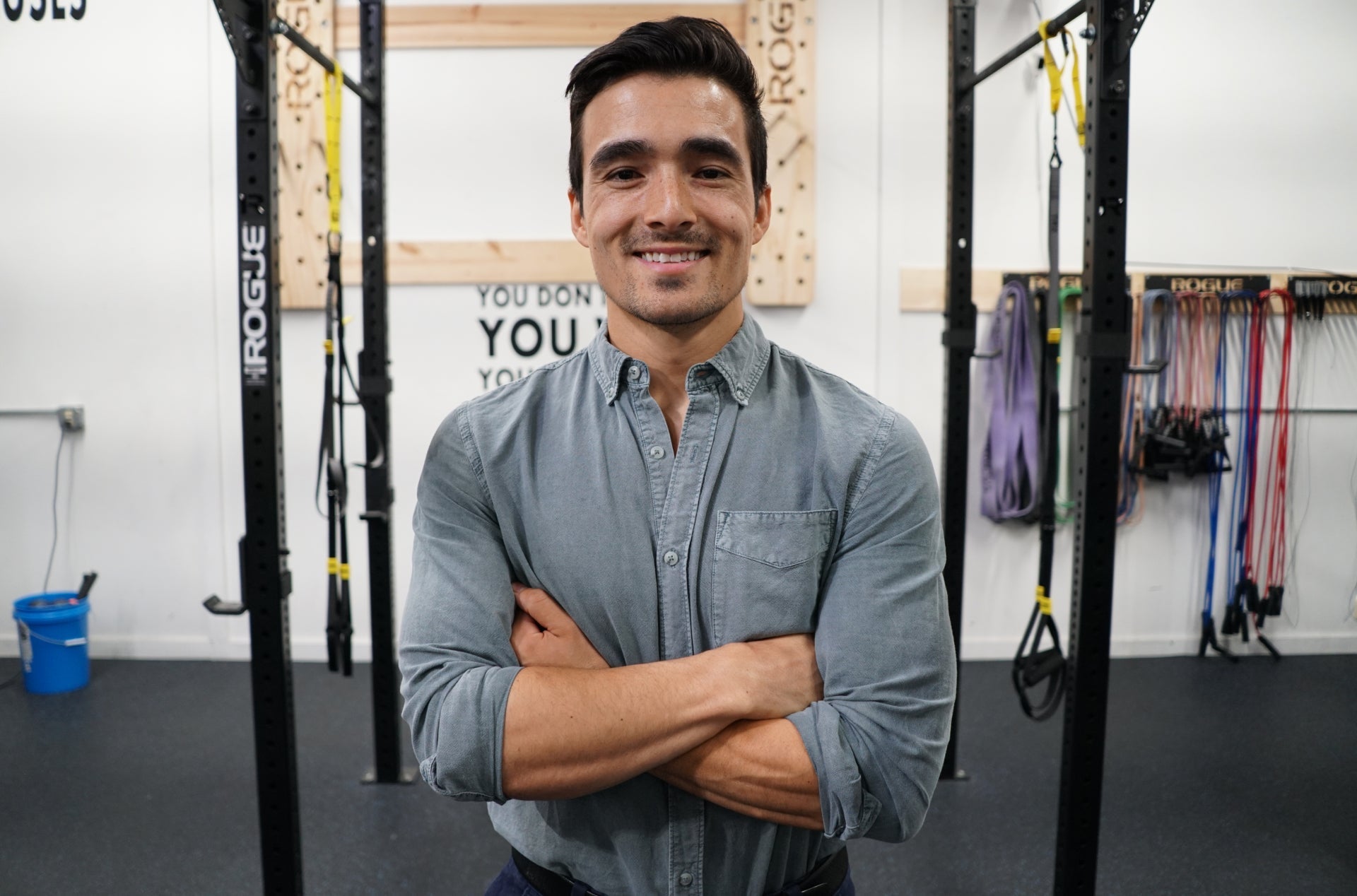Meta title (≤60): 30-Day Snowboard Workout (Free Videos + Science)
Meta description (≤160): Get snow-ready in 30 days using free YouTube sessions. Strength, mobility, plyometrics, balance, and intervals—backed by RCTs/meta-analyses.
Slug: 30-day-snowboard-workout-science
Ideal length: ~1,800–2,100 words
What the Science Says
- Strength training is the most reliable way to cut sports injuries; well-progressed volume/intensity reduces risk even more. (Lauersen, Bertelsen & Andersen, 2014).
- Plyometrics deliver meaningful gains in jump, sprint, and change-of-direction—i.e., the “pop” and reactivity you feel on snow. (Slimani et al., 2016; de Villarreal, Kellis & Kraemer, 2009; Sun et al., 2025).
- Balance/neuromuscular training lowers ankle-injury risk and improves stability in chronic ankle instability. (Al Attar et al., 2022; Wang et al., 2021).
- HIIT is a time-efficient way to boost VO₂max, often outperforming or complementing steady-state. (Weston et al., 2014; Milanović, Sporiš & Weston, 2015).
- Warm-ups that combine dynamic mobility + neuromuscular/landing drills reduce injuries (adapt the FIFA 11+ concept to snowboarding). (Sadigursky et al., 2017).
- Stretching: brief pre-session static holds (~≤45–60 s per muscle) don’t meaningfully blunt performance; long holds (≥60 s) can acutely lower maximal force—save those for after training. (Kay & Blazevich, 2012; Warneke et al., 2024).
-
Why each block matters (quick, citable facts)
Strength (2–3×/week)
Meta-analysis across randomized/controlled trials shows large injury-risk reductions with strength training; dose (volume/intensity) matters when progressed sensibly. (Lauersen et al., 2014). For adults 30+, position statements support periodized resistance training as safe and effective with proper coaching. (Fragala et al., 2019).
Plyometrics (1–2×/week)
Systematic reviews report small-to-large improvements in jump height, sprint speed, and COD after plyometric blocks—exactly the qualities that translate to board “pop” and terrain reactivity. (Slimani et al., 2016; de Villarreal et al., 2009; Sun et al., 2025).
Balance & Neuromuscular (2–3×/week, short blocks)
Balance programs reduce ankle injuries and improve functional stability in chronic ankle instability—perfect adjuncts for riders. (Al Attar et al., 2022; Wang et al., 2021).
Intervals / Conditioning (1–2×/week)
Across adults, HIIT generally yields faster VO₂max gains than moderate continuous training (both help—consistency wins). (Weston et al., 2014; Milanović et al., 2015).
Mobility & Stretching (most days, brief)
Short static holds pre-session are fine; place long static stretching after training or in separate ROM blocks if you want deeper flexibility. (Kay & Blazevich, 2012; Warneke et al., 2024).

Snowboard-specific context (why off-snow work pays)
Snowboarders show a higher proportion of upper-extremity injuries (especially wrist/forearm) than skiers. (Gao et al., 2024).
Helmets reduce head-injury risk without increasing neck-injury risk, and wrist guards meaningfully reduce wrist injuries—simple, high-ROI habits, especially early season and on park days. (Cusimano et al., 2010; Haider et al., 2018; Russell et al., 2007).
How to run your 30-Day Snowboard Workout
Keep sessions 20–35 minutes. Build by progressive overload: each week add +1 rep, +1 set, or +2–5% difficulty/effort. (Progressive volume drives a lot of the gains; frequency matters less than total work.) (Grgic, Schoenfeld & Latella, 2018).
Week 1 & 2 — Foundation & Patterning/ Build & Stabilize
-
Strength (Video A): intro lower-body strength + trunk bracing
-
Mobility/SNOGA (Video B): ankles/hips/T-spine dynamic flows
-
Plyometrics/Balance (Video C): low-impact hops + stance control
-
Intervals (Video D): entry-level HIIT or brisk continuous cardio
-
“Liked this? Level up with Bodyweight Strength for structured progressions at home.”
-
Bodyweight Strength Program: Have you been searching for a dedicated program that utilizes ZERO equipment so you can maximize your time on the hill? Whether it's keeping up with your child or efficiency. We created a bodyweight strength program for those seeking an effective strength/ mobility program without all the thrills.

-
Bodyweight Strength Program: Have you been searching for a dedicated program that utilizes ZERO equipment so you can maximize your time on the hill? Whether it's keeping up with your child or efficiency. We created a bodyweight strength program for those seeking an effective strength/ mobility program without all the thrills.
Week 3/ Week 4 — Prime Power & Edge Control/ Peak & Consolidate
-
Strength (Video A): power emphasis with full recoveries
-
Mobility/SNOGA (Video B): flowing sequence for recovery
-
Plyometrics/Balance (Video C): lateral/reactive emphasis for chop & cat tracks
-
Intervals (Video D): 45–60 s efforts or hill/bike surges
-
“Ready for heavier progressions?
- Shred 4.0: Made for snowboarders, by snowboarders. This is the most comprehensive training system on the Internet covering all aspects of snowboarding from strength, mobility, endurance, balance and more. Stay injury free so you can keep shredding all season long.
Practical programming notes (evidence-guided)
-
Strength & injury risk: The strongest prevention signal in sport science is from progressive strength work. When you complete every prescribed rep with clean form, progress slightly next week. (Lauersen et al., 2014).
-
Plyo intent > volume: Quality take-offs/landings and intent trump raw rep counts for performance gains. (Slimani et al., 2016; Sun et al., 2025).
-
Balance is bite-sized: Even 10–15 minutes done 2–3×/week boosts ankle control. (Al Attar et al., 2022; Wang et al., 2021).
-
Intervals save time: If life gets busy, swap a long cardio day for a short HIIT session—CRF responds quickly. (Weston et al., 2014).
-
Warm-ups: Use a dynamic prep (mobility + technique + landings). Multicomponent warm-ups reduce injuries—borrow the structure, not the sport-specific drills. (Sadigursky et al., 2017).
-
Stretching: Keep pre-session static holds brief; park the longer work after training. (Kay & Blazevich, 2012; Warneke et al., 2024).
SEO checklist (sprinkle these in H2/H3s, intro, and image alts)
Primary: 30 day snowboard workout; snowboard training plan; snowboard strength workout; snowboard mobility; snowboard plyometrics; snowboard HIIT; balance training for snowboarders; preseason snowboard training
Related/long-tail: free snowboard workout YouTube; get ready for snowboard season; ankle stability snowboard; injury prevention snowboard; SNOGA mobility; Shred 4.0 plan; bodyweight workout for snowboardersYouTube tags (≤500 chars): 30 day snowboard workout, snowboard strength workout, snowboard mobility routine, plyometric workout snowboard, HIIT for snowboarders, balance exercises snowboard, preseason snowboard training, SNOGA, Shred 4.0, bodyweight strength
Medical disclaimer
This article is general education for snowboard athletes and not medical advice. If you have pain, recent injury/surgery, dizziness, or medical conditions, consult your physician and physical therapist before starting or changing a program. Progress gradually, train in a safe area, and use protective gear where appropriate.
References (systematic reviews, meta-analyses, RCTs & major statements)
-
Al Attar, W. S. A., et al. (2022). Injury-prevention programs that include balance training decrease ankle injuries: meta-analysis. Journal of Physiotherapy.
-
Cusimano, M. D., et al. (2010). Helmet effectiveness in skiers and snowboarders: systematic review. Injury Prevention.
-
de Villarreal, E. S., Kellis, E., & Kraemer, W. J. (2009). Effects of plyometric training on performance: meta-analysis. Journal of Strength and Conditioning Research.
-
Fragala, M. S., et al. (2019). Resistance training for older adults: position statement. Journal of Strength and Conditioning Research.
-
Gao, F., et al. (2024). Epidemiology of snowboarding injuries: systematic review. Open Access Journal of Sports Medicine.
-
Grgic, J., Schoenfeld, B. J., & Latella, C. (2018). Resistance-training frequency vs. weekly volume and strength gains: meta-analysis. Sports Medicine.
-
Haider, A. H., et al. (2018). Evidence-based review of helmet efficacy in snow sports. Wilderness & Environmental Medicine.
-
Kay, A. D., & Blazevich, A. J. (2012). Effect of acute static stretch on maximal muscle performance: systematic review. Medicine & Science in Sports & Exercise.
-
Lauersen, J. B., Bertelsen, D. M., & Andersen, L. B. (2014). The effectiveness of exercise interventions to prevent sports injuries: systematic review and meta-analysis. British Journal of Sports Medicine.
-
Milanović, Z., Sporiš, G., & Weston, M. (2015). Effectiveness of HIIT vs. moderate training on VO₂max: meta-analysis. Sports Medicine.
-
Sadigursky, D., et al. (2017). The FIFA 11+ warm-up prevents injuries: systematic review and meta-analysis. BMC Musculoskeletal Disorders.
-
Slimani, M., et al. (2016). Effects of plyometric training on physical fitness: systematic review and meta-analysis. Sports Medicine – Open.
-
Sun, J., et al. (2025). Plyometric training and lower-limb strength: systematic review and meta-analysis. Scientific Reports.
-
Wang, J., et al. (2021). Effectiveness of balance training in chronic ankle instability: systematic review and meta-analysis. BMJ Open.
-
Warneke, K., et al. (2024). Revisiting stretch-induced force deficit: systematic review. Journal of Sport and Health Science.
-
Weston, M., et al. (2014). High-intensity interval training vs. moderate training on aerobic capacity: systematic review and meta-analysis. British Journal of Sports Medicine.
-




Leave a comment